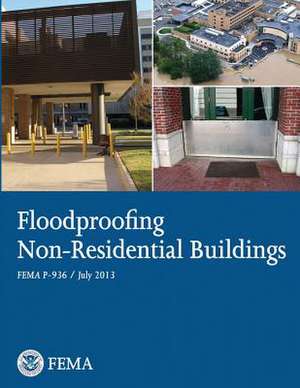Floodproofing Non-Residential Buildings
Autor U. S. Department of Homeland Security, Federal Emergency Management Agencyen Limba Engleză Paperback
Preț: 138.53 lei
Nou
Puncte Express: 208
Preț estimativ în valută:
26.51€ • 27.58$ • 21.89£
26.51€ • 27.58$ • 21.89£
Carte indisponibilă temporar
Doresc să fiu notificat când acest titlu va fi disponibil:
Se trimite...
Preluare comenzi: 021 569.72.76
Specificații
ISBN-13: 9781492825333
ISBN-10: 1492825336
Pagini: 184
Dimensiuni: 216 x 280 x 10 mm
Greutate: 0.44 kg
Editura: CREATESPACE
ISBN-10: 1492825336
Pagini: 184
Dimensiuni: 216 x 280 x 10 mm
Greutate: 0.44 kg
Editura: CREATESPACE
